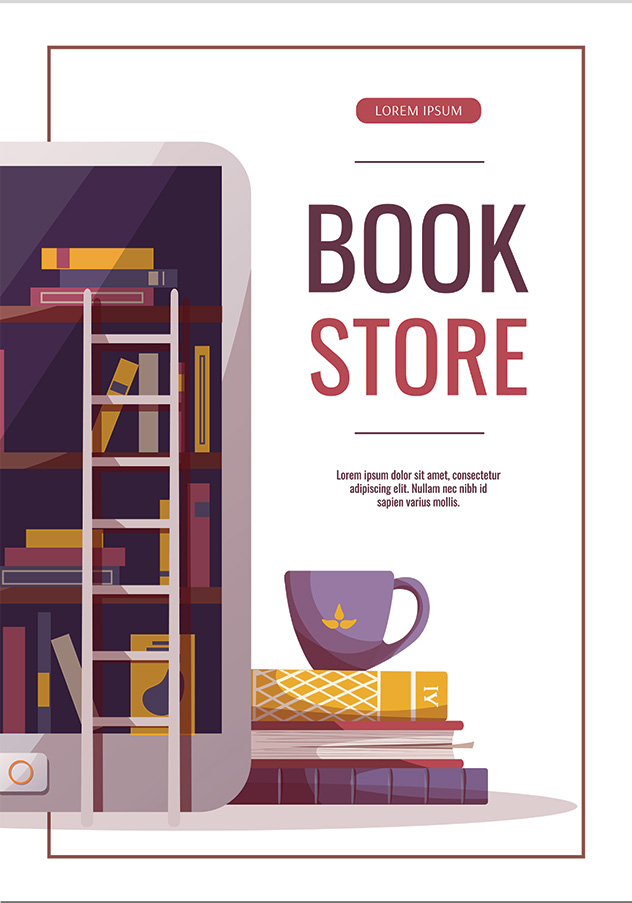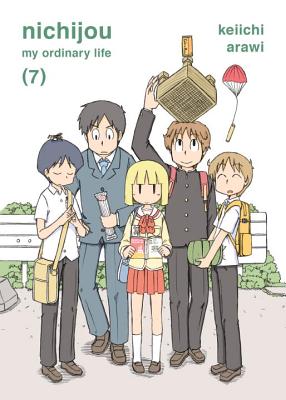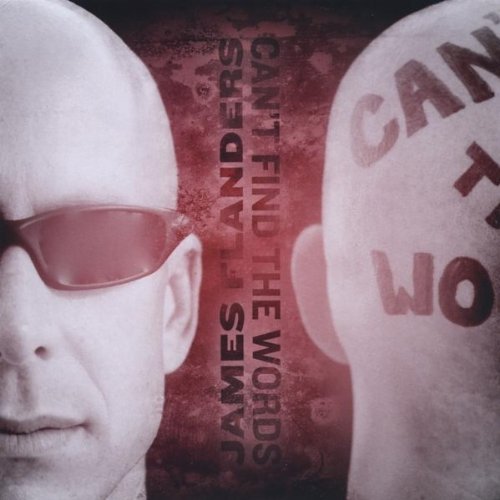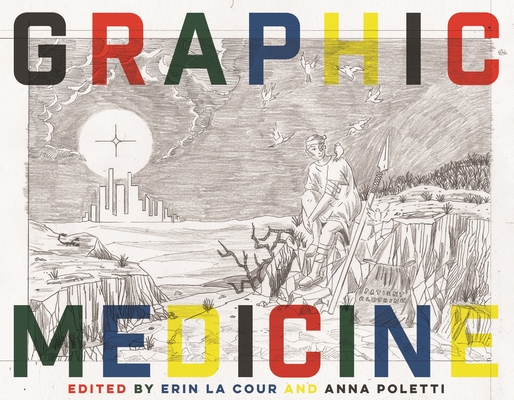
description
ts and scholars of life writing, literature, and comics explore the lived experience of illness and disability through original texts, images, and the dynamic interplay between the two. The essays and autobiographical comics in this collection respond to the medical humanities' call for different perceptions and representations of illness and disability than those found in conventional medical discourse. The collection expands and troubles our understanding of the relationships between patients and doctors, nurses, social workers, caregivers, and family members, considering such encounters in terms of cultural context, language, gender, class, and ethnicity. By treating illness and disability as an experience of fundamentally changed living, rather than a separate narrative episode organized by treatment, recovery, and a return to "normal life," Graphic Medicine asks what it means to give and receive care. Comics by Safdar Ahmed, John Miers, and Suzy Becker, and illustrated essays by Nancy K. Miller and Jared Gardner show how life writing about illness and disability in comics offers new ways of perceiving the temporality of caring and living. Crystal Yin Lie and Julia Watson demonstrate how use of the page through panels, collages, and borderless images can draw the reader, as a "mute witness," into contact with the body as a site where intergenerational trauma is registered and expressed. Kiene Brillenburg Wurth examines how microscripts productively extend graphic medicine beyond comics to "outsider art." JoAnn Purcell and Susan Squier display how comics artists respond to and reflect upon their caring relationship with those diagnosed with an intellectual disability. And Erin La Cour interrogates especially difficult representations of relationality and care. During the past decade, graphic medicine comics have proliferated--an outpouring accelerated recently by the greatest health crisis in a century. Edited by Erin La Cour and Anna Poletti, Graphic Medicine helps us recognize that however unpleasant or complicated it may be, interacting with such stories offers fresh insights, suggests new forms of acceptance, and enhances our abilities to speak to others about the experience of illness and disability.
member goods
No member items were found under this heading.
listens & views
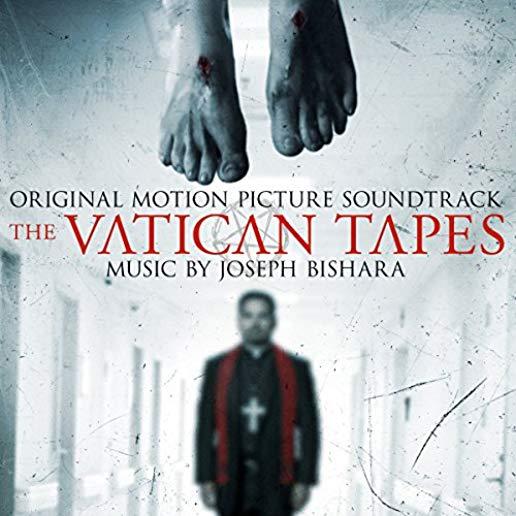
VATICAN TAPES (ORIGINAL SCORE) / ...
by VATICAN TAPES (ORIGINAL SCORE) / O.S.T.
COMPACT DISCout of stock
$16.49
Return Policy
All sales are final
Shipping
No special shipping considerations available.
Shipping fees determined at checkout.


